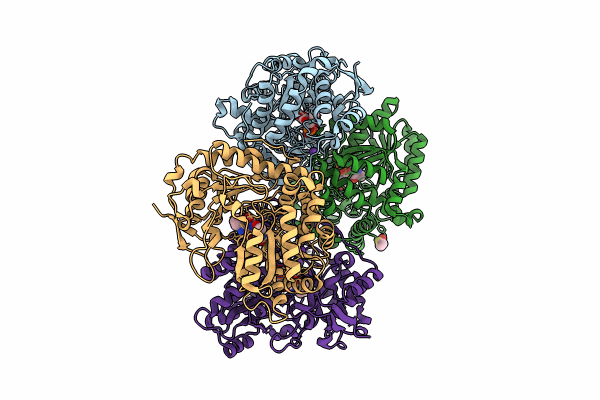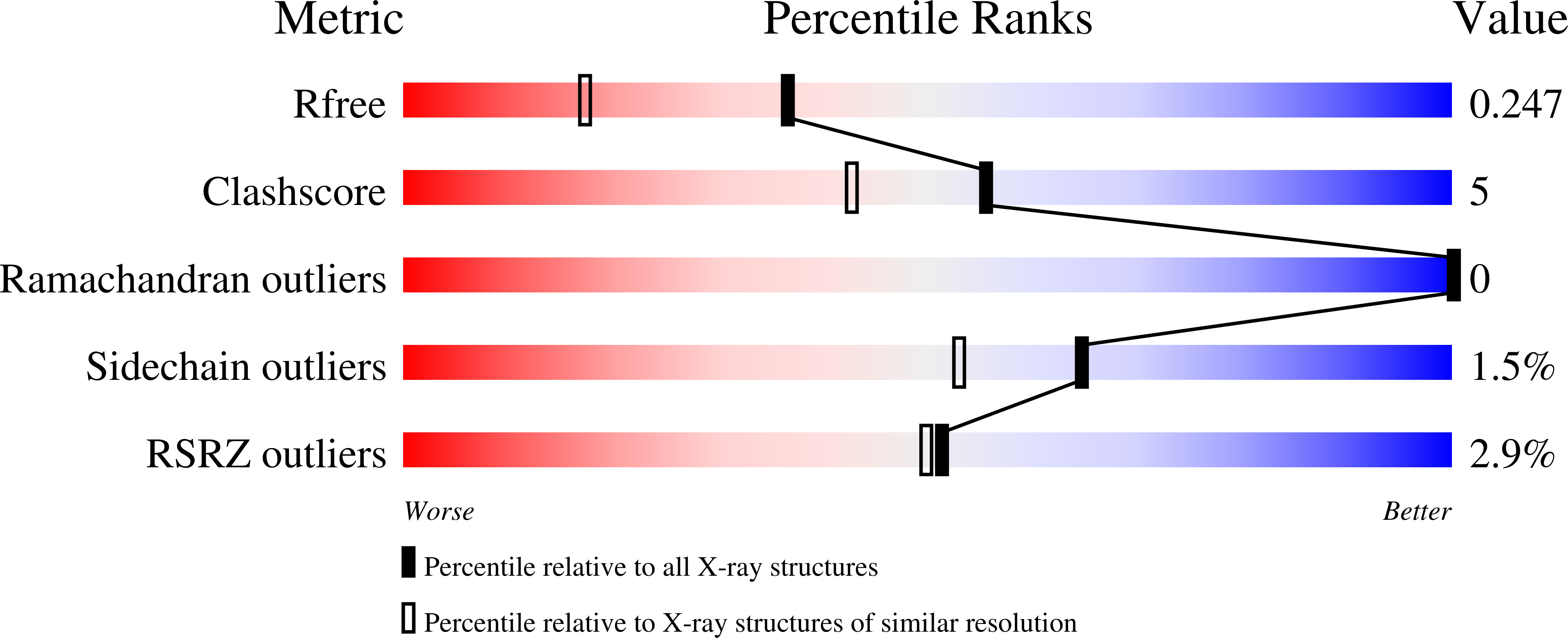
Deposition Date
2023-12-08
Release Date
2023-12-20
Last Version Date
2025-02-12
Entry Detail
PDB ID:
8V9P
Keywords:
Title:
Proteus vulgaris tryptophan indole-lyase complexed with (3S)-dioxindolyl-L-alanine
Biological Source:
Source Organism:
Proteus vulgaris (Taxon ID: 585)
Host Organism:
Method Details:
Experimental Method:
Resolution:
1.85 Å
R-Value Free:
0.24
R-Value Work:
0.19
R-Value Observed:
0.20
Space Group:
P 1 21 1


